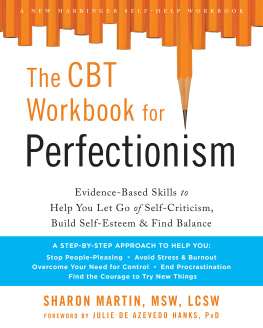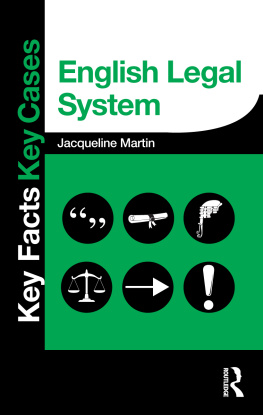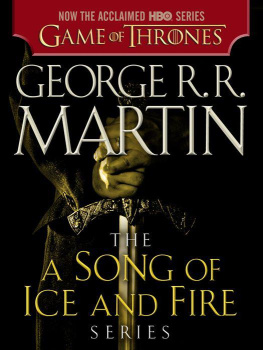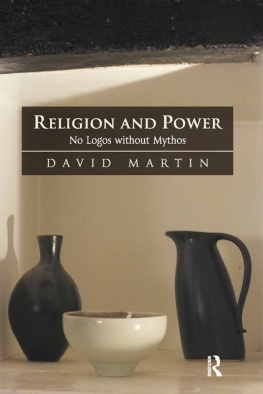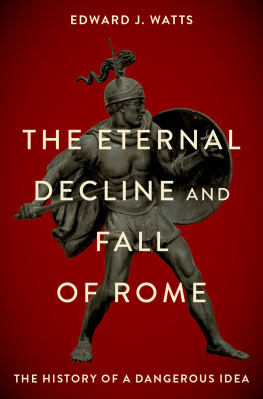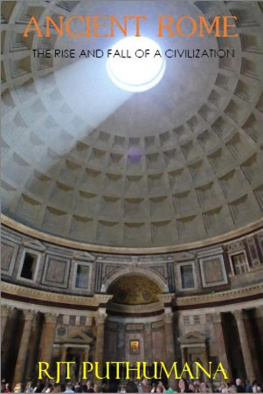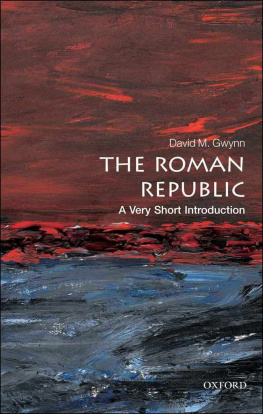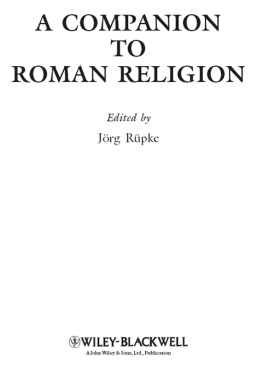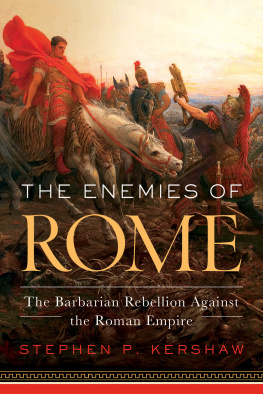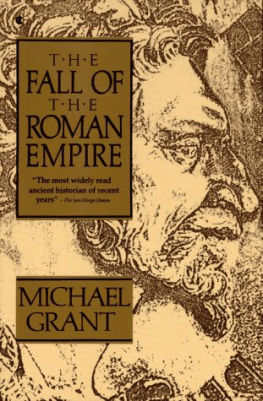Ancient Rome
Ancient Rome
From Romulus to Justinian
THOMAS R. MARTIN

Published with assistance from the foundation established in memory of Calvin Chapin of the Class of 1788, Yale College.
Copyright 2012 by Yale University.
All rights reserved.
This book may not be reproduced, in whole or in part, including illustrations, in any form (beyond that copying permitted by Sections 107 and 108 of the U.S. Copyright Law and except by reviewers for the public press), without written permission from the publishers.
Yale University Press books may be purchased in quantity for educational, business, or promotional use.
For information, please e-mail sales.press@yale.edu (U.S. office) or sales@yaleup.co.uk (U.K. office).
Designed by Mary Valencia.
Set in Joanna type by Integrated
Publishing Solutions.
Printed in the United States of America.
Library of Congress Cataloging-in-Publication Data
Martin, Thomas R., 1947
Ancient Rome : from Romulus to Justinian / Thomas R. Martin.
p. cm.
Includes bibliographical references and index.
ISBN 978-0-300-16004-8 (cloth : alk. paper) 1. RomeHistory. 2. RomeCivilization. I. Title.
DG209.M38 2012
937.63dc23 2012011010
A catalogue record for this book is available from the British Library.
This paper meets the requirements of ANSI/NISO Z39.481992 (Permanence of Paper).
10 9 8 7 6 5 4 3 2 1
This book is dedicated to the students who have studied ancient Roman history in my courses and to Blaise Nagy, magnus amicus et perfectus magister, who encouraged and inspired me to persevere in this project.
Iuppiter, te hoc ferto obmovendo bonas preces precor, uti sies volens propitius mihi liberisque meis domo familiaeque meae mactus hoc ferto. Cato, De agri cultura 134
CONTENTS
ACKNOWLEDGMENTS
For their patience, advice, and concern in bringing this project to completion, I want to record my deep gratitude to Jennifer Banks (Senior Editor), Piyali Bhattacharya (Editorial Assistant), Susan Laity (Manuscript Editor), and Margaret Otzel (Editor) of Yale University Press, and express my warm thanks to Suzie Tibor for her thorough art research, Gavin Lewis for his expert and insightful editing, and Anne Salloom for proof reading. The anonymous reviewers also deserve warm thanks for their thoughtful insights and constructive criticisms that helped improve the text at many points. As always, for her acute insight and endless support I owe to my wife, Ivy Sui-yuen Sun, a debt that can never be fully repaid, or even adequately expressed.
NOTE ON CITATIONS TO SOURCES
The term primary sources as used here (and commonly in classical studies) refers to ancient texts, whether literary, documentary, epi-graphic, or numismatic. To help readers find the passages in primary sources that are embedded in the text of this book, citations will be presented, whenever possible, using the standard internal reference systems of those sources that are conventional in modern scholarly editions of those sources and are used in the most useful translations. So, for example, the citation Livy, From the Foundation of the City 5.54 means that the passage is Book 5, section 54 of that work by Livy. This will enable readers to find the passage in question in any modern edition or translation that includes the internal reference system.
Secondary sources accordingly refers to postclassical or modern scholarship about these sources and the history that they describe. The embedded citations of secondary sources contain only the name of the author or a short title, with the relevant page numbers or, in the case of catalogued objects such as coins or inscriptions, the number of the object. Full bibliographic information on secondary sources, as well as on modern translations of primary sources, can be found in the Suggested Readings.
1
Introduction and Background
This overview of the history of ancient Rome covers the period from the foundation of Rome by Romulus (so legend said) in the eighth century B.C., through the Roman Republic, to the establishment of what we today call the Roman Empire, finishing with the rule of Emperor Justinian in the sixth century A.D. Roman history emphatically did not come to an end with Justinians reign, but that period will provide the chronological stopping point for this book. This reflects the (for Romans) regrettable circumstances that made Justinian the last ruler to try to restore the territorial extent and glory of the later Roman Empire, which had shrunk by that emperors time to a fraction of the size and might that it had reached at the height of Roman power nearly half a millennium before Justinians time. Geographically, the narrative covers the enormous territory in Europe, North Africa, and western Asia (the Middle East) that the Romans ruled at that earlier high point in their power.
As a brief survey, this book necessarily omits a great deal of information about ancient Rome and pays more attention to some topics than others. For example, a fuller survey would describe in more detail the history of the Italian peoples before the traditional date of Romes foundation in 753 B.C., whose deeds and thoughts greatly influenced the Romans themselves. Likewise, a longer book would explore the history of the Roman world after Justinian, when the emergence of Islam changed forever the political, cultural, and religious circumstances of the Mediterranean world that the Roman Empire once dominated. The books listed in the Suggested Readings section provide further discussion and guidance on many topics that receive little or no coverage here.
In my experience teaching Roman history for nearly forty years, if readers are willing to do the hard work required to participate in the fascinating and still-ongoing conversation about interpreting what Romans did and said and thought, the best thing that they can do for themselves is to read the ancient sourcesmore than once! For this reason, citations in parentheses direct readers to ancient sources quoted in the text, most of which also appear in the Suggested Readings section. In this way I hope to encourage readers to read the primary sources for themselves, so that they can experience the contexts of the evidence, discover what in particular interests them in the ancient texts, and on the basis of their further reading arrive at independent judgments on the significance of events and persons and ideas in Roman history. In the service of this same goal, the first two sections in the Suggested Readings are devoted to currently available translations of ancient sources that are either explicitly mentioned in the text or lie behind discussions in the text, even if the particular sources are not mentioned there.
In any case, to follow the rest of the story the reader needs to know in advance some basic facts of Romes history: its main chronological divisions;, the main sources on which our knowledge of it is based; long-term themes with which we will be concerned; and something of the Romans prehistorythe Romans Italian forerunners, and the neighbors whose early influence helped set the direction of Romes cultural development, the Etruscans and the Greeks.
THE PERIODS OF ROMAN HISTORY
This book follows the usual three-part chronological division of Roman historyMonarchy, Republic, and Empire (on which terms see below). It is important to make clear, however, that categorizing Romes history under these three periods is an anachronistic practice. For the Romans, there was only one significant dividing point in their history: the elimination of the rule of kings at the end of the sixth century B.C. After the monarchy was abolished, the Romans themselves never stopped referring to their political system as a Republic (
Next page

